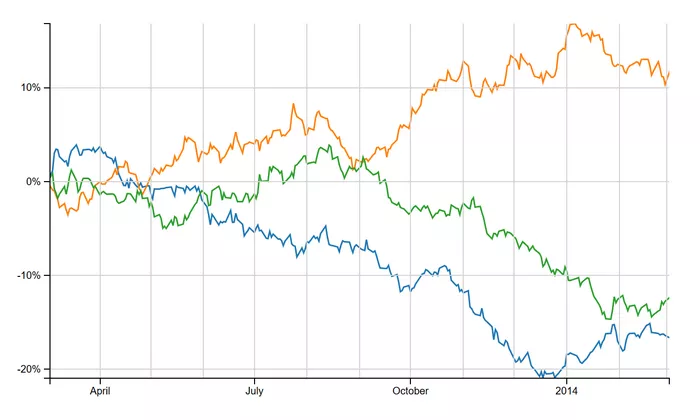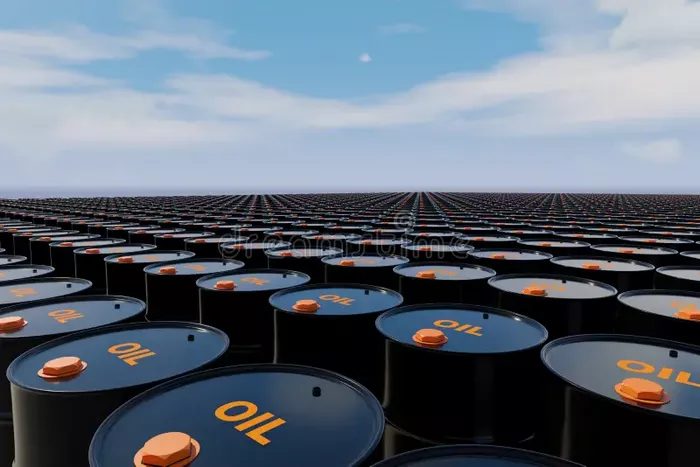Crude oil futures showed signs of stability during European morning trading on Wednesday, following two days of significant losses. This stabilization comes as much of the geopolitical risk premium surrounding oil prices unwinds.
Current Market Prices
As of 08:00 GMT, December 2024 ICE Brent futures were priced at $74.35 per barrel, slightly up from Tuesday’s close of $74.25 per barrel, but still hovering near two-week lows. Meanwhile, November 2024 NYMEX WTI futures traded at $70.70 per barrel, compared to Tuesday’s settle of $70.58 per barrel.
Geopolitical Developments Impacting Prices
The recent price drop was triggered by reports from U.S. media suggesting that Israel assured Washington it would refrain from targeting Iran’s oil and nuclear facilities during its planned retaliatory strikes for the October 1 missile attack.
“While retaliation from Israel is still highly anticipated, the potential impact on energy infrastructure is being reassessed. Reports indicate that Israel may avoid targeting Iran’s oil facilities, which alleviates concerns over major supply disruptions,” stated Ole R. Hvalbye, a commodities analyst at SEB.
The sell-off intensified after the Washington Post reported that Israel intends to strike military targets in Iran, calming worries about potential supply disruptions in the Middle East. However, analysts predict a short-term decline in crude exports from Iran, as vessels were ordered to leave the Kharg Island terminal last week.
The Israeli prime minister’s office emphasized, “We listen to the opinions of the United States, but we will make our final decisions based on our national interest.”
Demand Concerns Weighing on Sentiment
Demand concerns continue to affect market sentiment. This week, the International Energy Agency (IEA) further reduced its forecast for oil demand growth this year. However, it expressed a slightly more optimistic outlook for 2025, anticipating that the recently announced stimulus in China could boost consumption.
The IEA now projects oil demand to grow by 860,000 barrels per day (bpd) this year and 1 million bpd in 2025. These figures represent a reduction of 40,000 bpd for this year and an increase of 50,000 bpd for the following year compared to last month.
Despite this potential for increased demand, China’s stimulus package has garnered mixed reactions from investors, who are seeking more details regarding the economic policies.
Wells Fargo stated in its latest report, “With few fiscal resources directed toward boosting broader domestic demand, we do not anticipate a significant growth impact from the latest stimulus announcements in China. We believe the Chinese economy is likely to maintain annual GDP growth in the 4.5% range for the next few years, and we expect the recent surge of market optimism regarding China to diminish.”
This week’s inventory data reports are delayed by 24 hours due to the U.S. holiday on Monday.
Related topics:





























